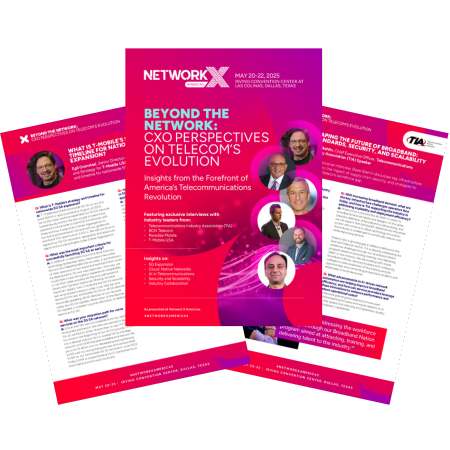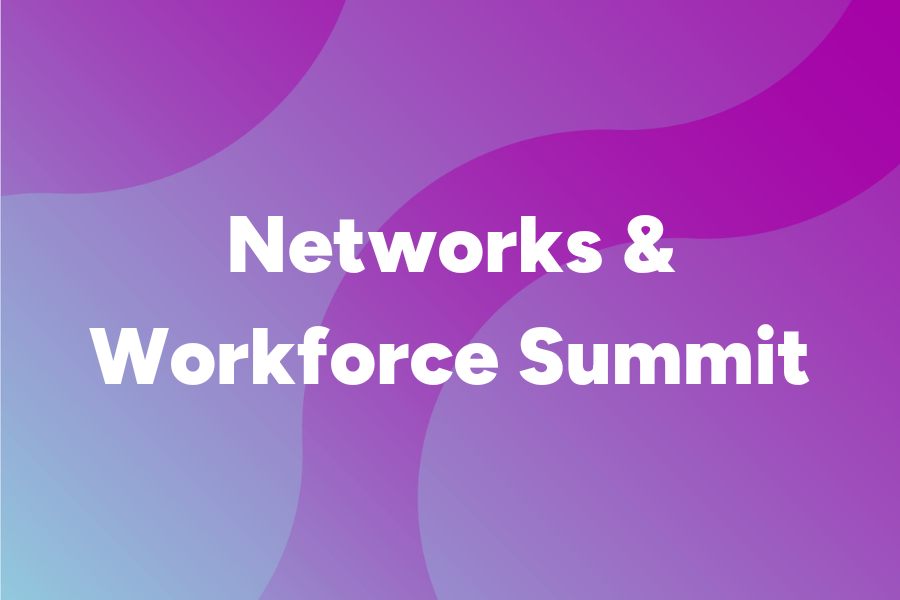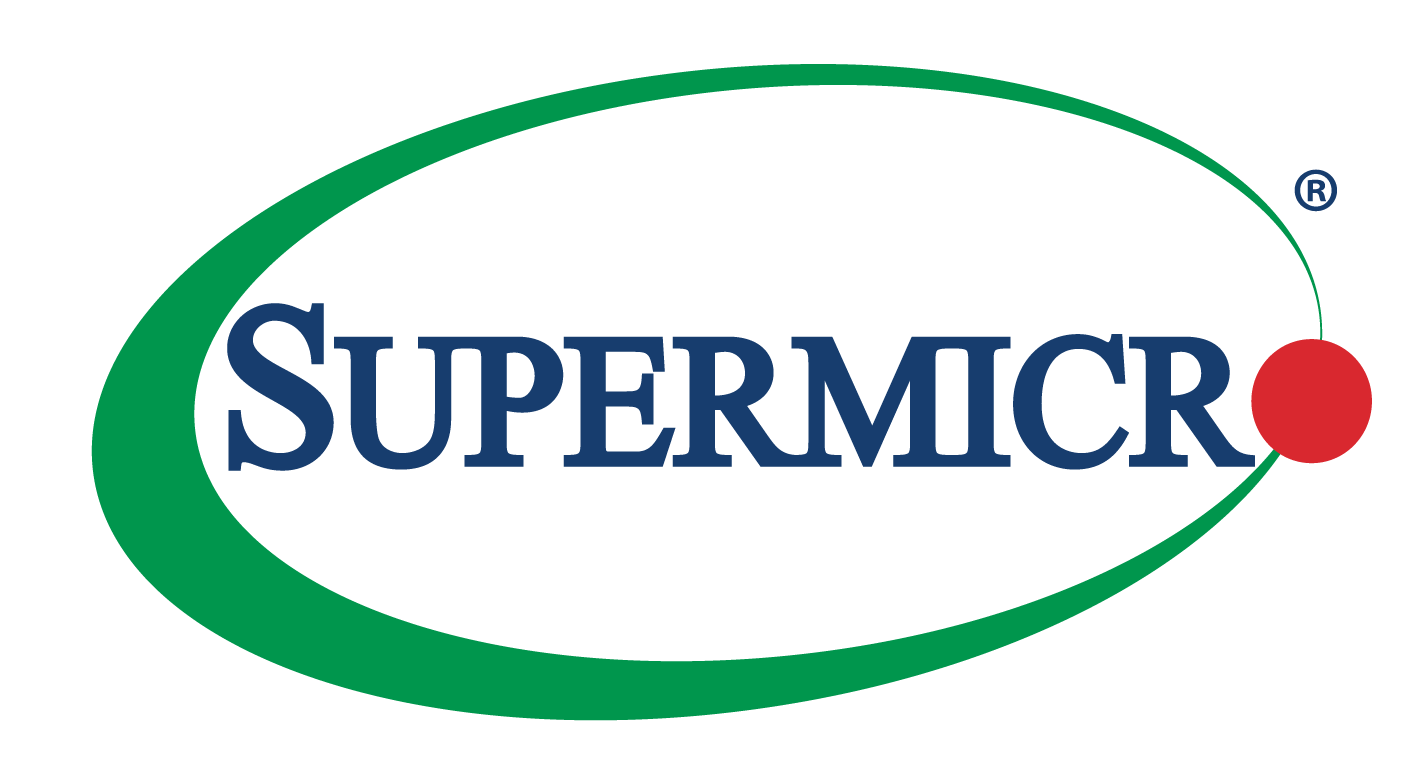Thank You for Making It Happen
Thanks to your energy, insights, and collaboration, Network X Americas became the premier gathering for industry stakeholders committed to shaping the future of telecom innovation.
Together, we created a dynamic space where telco professionals from across the nation came together to share emerging trends, exchange stories of groundbreaking projects, and explore the technologies shaping tomorrow. Your presence turned this event into more than just a conference—it became a vibrant hub of connection, inspiration, and progress.
From meaningful conversations over coffee to thought-provoking discussions on stage, the relationships built at Network X Americas are sure to spark lasting partnerships and drive innovation well into the future. In an increasingly digital world, your participation proved the unmatched value of in-person connection.
Telco Titans of North America
Attendees gained unparalleled access to the leaders who are shaping the telecommunications landscape across North America. The event offered a unique opportunity to engage directly with decision-makers, innovators, and industry powerhouses who are driving advancements in connectivity, 5G deployment, network monetization, and emerging technologies.
Key content themes
Attendees engaged in a diverse range of focused conference tracks that explored the latest developments in technology evolution and network architecture, while also addressing strategies to enhance customer satisfaction. Through these expert-led sessions, Network X Americas empowered participants to discover their optimal telco journey.
Pre-conference Workshop Day
On May 20, four parallel workshops were hosted on 6G, NTNs, enterprise networks & security, and diversity and inclusion in telecoms, offering attendees the opportunity to dive deep into their areas of interest.
Co-located Event
We are proud to have hosted a prestigious event alongside Network X Americas — Wireless Global Congress Americas.
The event brought together leaders and experts from across the Wi-Fi industry, along with network operators, enterprises, and city representatives, to share knowledge, learn, network, and do business — the essence of what WGC Americas is all about. This two-day conference was open to all and provided ample opportunities to explore how Wi-Fi can benefit businesses, understand the latest developments in Wi-Fi technology, and see how these advancements align with other wireless technologies. Attendees also heard about technical standards, real-life trials and deployments, best practices, and industry guidelines.

BEYOND THE NETWORK:CXO PERSPECTIVES ON TELECOM’S EVOLUTION
Insights from the Forefront of America’s Telecommunications Revolution
Featuring exclusive interviews with industry leaders from:
- Telecommunications Industry Association (TIA)
- BCN Telecom
- Paradise Mobile
- T-Mobile USA

Network X Americas 2025 in Numbers
+
UNIQUE OPERATOR COMPANIES
%
Decision Makers/VIP
+
US STATES REPRESENTED
Exclusive On-site Experiences
Attendees discovered a range of tailored networking opportunities designed to simplify connections, spark collaboration, and provide direct access to industry leaders. Whether they were seeking meaningful conversations, expert insights, or opportunities to build lasting partnerships, these moments were crafted to maximize the event experience and deliver real value for their businesses.

- Morning Brews & Business Cues: Each day began with a relaxed breakfast meetup where coffee flowed, ideas sparked, and real connections were made. Attendees also had the chance to mingle with Network X Americas' analyst speakers.
- Three-Minute Mingles: At the start of each conference track, attendees engaged in structured networking activities that helped them connect with new peers quickly and meaningfully.
- Speaker Spotlight Sessions: Participants connected with speakers in a more casual setting following their sessions, gaining practical insights and actionable advice to take back to their workplaces.
- Networking Socials: From evening drinks receptions to offsite parties and exclusive invite-only VIP dinners, these curated experiences offered unparalleled opportunities to connect, collaborate, and unwind with industry leaders and peers.






















































